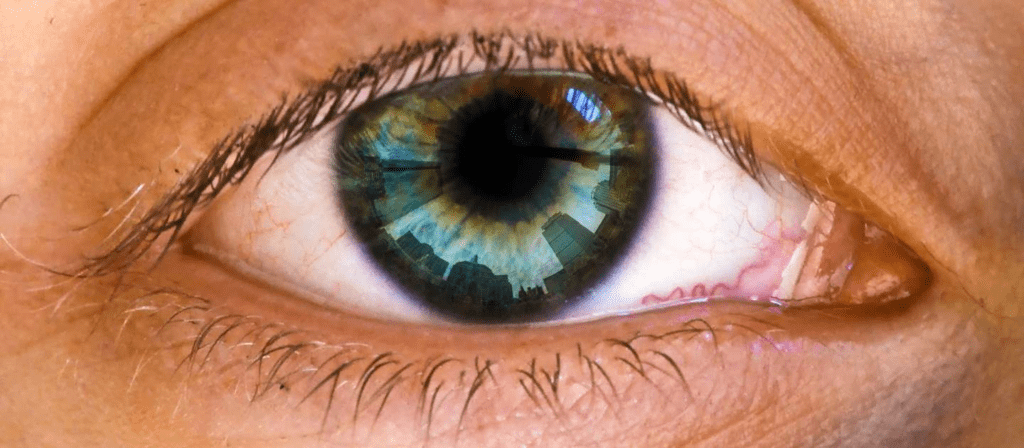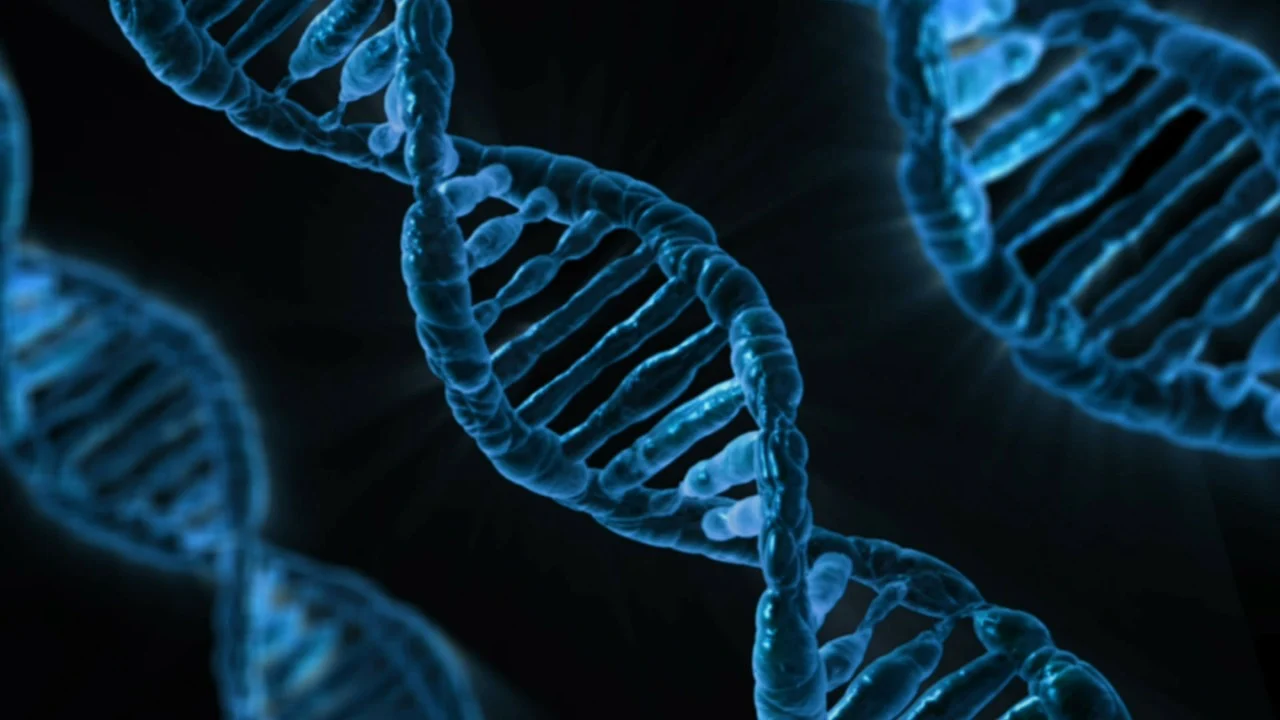Transmittable character in human beings includes:
- Body structure, height, or physique.
The body structure, height, or physique of an individual is a key aspect of their physical appearance and overall health. Each person’s unique body shape contributes to their silhouette and defines their proportions. Height plays a role in how one carries themselves and interacts with their environment, while physique encompasses muscle definition, fat distribution, and overall fitness level. Understanding and appreciating these elements can help individuals make informed decisions about their health and wellness goals.



- The shape of the head, nose, or ear is unique.
The shape of the head, nose, or ear plays a significant role in defining one’s overall appearance and individuality. The contours of the head can vary from person to person, with some having round heads while others may have more angular features.

Similarly, noses come in various shapes and sizes, such as long and narrow or short and wide, each contributing to facial symmetry. Ears also exhibit diversity in their shapes, whether they are attached or detached lobes or how they sit on the side of the head. Understanding these distinct characteristics adds depth to our perception of human anatomy and enhances our appreciation for the intricacies of natural variation.
- The dimensions of the nose, head, or ear.
The size of the nose, head, or ear is a defining characteristic that contributes to each individual’s unique features. The nose size can vary from person to person, ranging from small and delicate to prominent and pronounced.

Similarly, the dimensions of the head play a crucial role in facial symmetry and overall appearance. Ears also come in different sizes, shapes, and positions on the side of the head, adding to the diversity of human anatomy. Understanding these distinct features enhances our appreciation for the complexity and beauty of natural variations in physical traits.
- Skin, hair, or eye color.
Skin color, hair color, or eye color are distinguishing features that contribute to the overall appearance of an individual. The skin tone can range from fair to dark, influenced by melanin levels in the skin. Hair color varies widely, including shades such as blonde, brunette, red, and black. Eye color also displays a spectrum of hues like blue, green, brown, and hazel. These unique characteristics add diversity and beauty to human beings’ physical attributes.


- Qualities of voice or speech.
The characteristics of a person’s voice or speech encompass various elements that define their communication style. Voice quality may include aspects such as pitch, tone, volume, and clarity. Speech characteristics can involve factors like accent, pronunciation, rhythm, and pacing. These qualities contribute to how individuals express themselves verbally and are key components of effective communication. Understanding and recognizing these characteristics can enhance our ability to connect with others and convey messages clearly.

- height of human being
The height of a person is the distance from their head to their feet and varies based on genetics, nutrition, and health. Tallness or shortness can impact sports, clothing, and overall presence while showcasing diversity in society.

- Blood type classification.
Blood grouping refers to the classification of blood based on the presence or absence of certain antigens on the surface of red blood cells. The ABO system categorizes blood into four main groups: A, B, AB, and O, depending on the presence of A and B antigens. Additionally, the Rh factor classifies blood as Rh-positive or Rh-negative based on the presence of the Rh antigen. Understanding a person’s blood group is crucial for safe transfusions and medical treatments to prevent adverse reactions.
- Hair loss, particularly on the scalp, is commonly referred to as baldness.
Baldness is the partial or complete absence of hair on the scalp, caused by factors like genetics, hormones, medical conditions, and aging. Treatments range from medications to surgical procedures like transplants.
- tongue rolling
Tongue rolling is the genetic ability to curl the tongue into a tube shape, varying among individuals as some can do it while others cannot.

Sickle cell anemia:
Sickle cell disease is a genetic disorder that alters the shape and durability of red blood cells, leading to their premature breakdown. This inherited condition causes red blood cells to transform into a sickle shape, resulting in a deficiency of healthy red blood cells (sickle cell anemia) and potential blockages in blood flow, which can trigger pain episodes (sickle cell crisis). Common symptoms of sickle cell disease include recurring infections, chronic pain, and persistent fatigue.

Hemophilia

Color of blindness

Fingerprint

Ability to taste (BTC)
Transmittable character in plants
- Height of plant: Plants come in a range of heights, from low-growing and spreading along the ground, like creeping thyme, to short, like a small herb or succulent, medium, like a shrub or small tree, tall, like a large shrub or tree, and very tall, like a majestic tree or palm.

- Size or weight of fruit: Fruit comes in various sizes and weights, ranging from small like a currant, medium like an apple, large like a grapefruit, very large like a watermelon, to heavy like a pumpkin.


- Size of leaf

Leaf Size:
- Small: Less than 2 cm (0.8 in) long, like a sprig of thyme
- Medium: 2-10 cm (0.8-3.9 in) long, like a typical houseplant leaf
- Large: 10-30 cm (3.9-11.8 in) long, like a banana leaf
- Very Large: Over 30 cm (11.8 in) long, like a palm frond
Note: Leaf size can vary greatly between plant species and even within the same plant!
- Taste of fruit

- color of the fruit, flower or seed
- Shape of the leaf, fruit and flower

Leaf texture

life span or habit of growth





